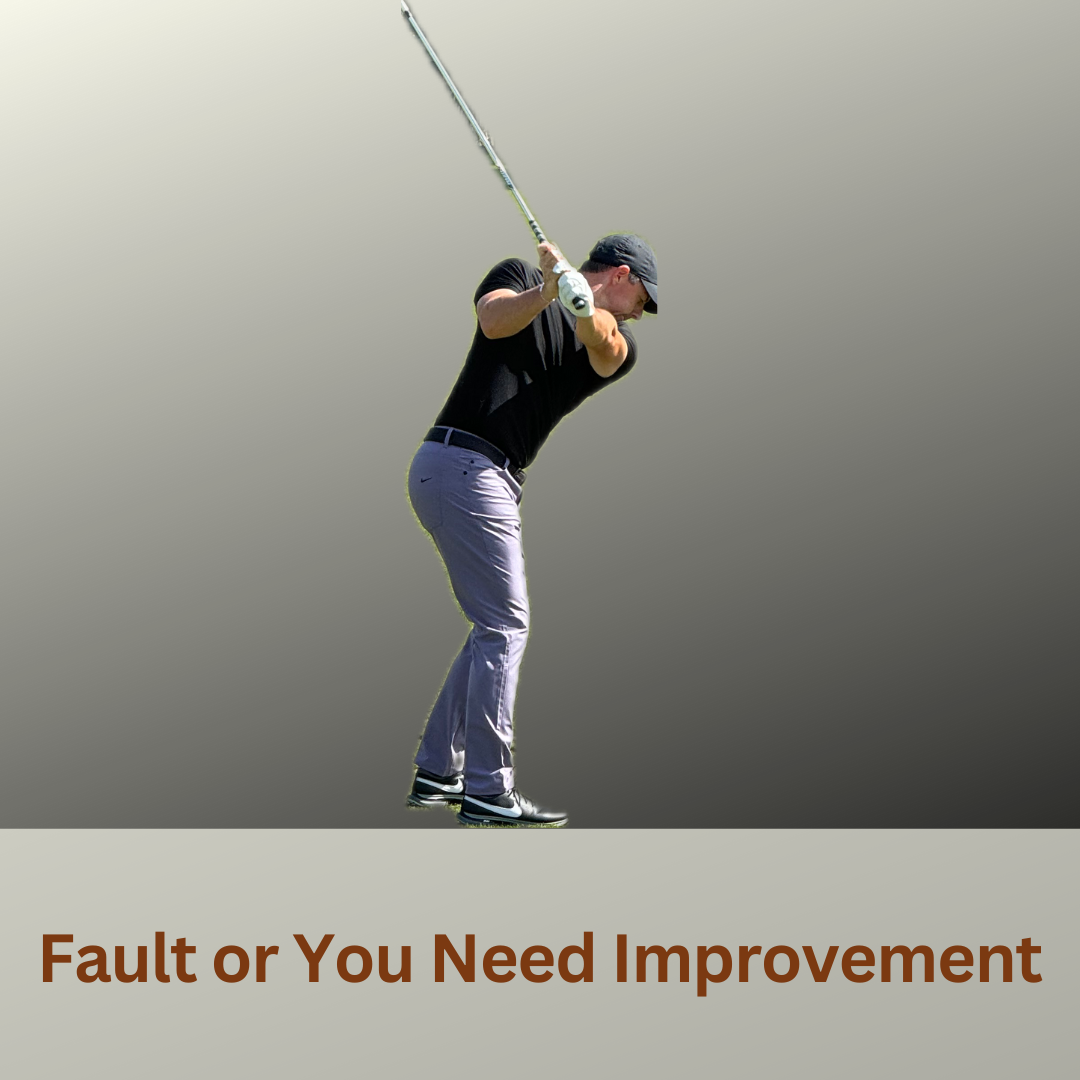
The Power of Observation in Golf Learning – “Who to Watch in: Rory or your Buddy?”
Discover why the Observation is a powerful learning method for golfers. Learn how to improve your game by analyzing elite players and practicing with peers using Dyadic Training.
July 21, 2023 17:05 By Kiril Slatinski
Why the Observation is a Powerful Learning Method in Golf
Today’s amateur golfer is overwhelmed with information. YouTube tutorials, social media tips, and TV coverage flood players with swing analyses of Rory McIlroy, Justin Thomas, and other elite pros. But can the average golfer truly absorb and apply this knowledge effectively?
The key to real improvement lies in observation as a powerful learning method—but only when done correctly. While many coaches successfully use observation as a teaching tool, most club golfers struggle to apply it independently.

What is Actually Happening?
Most amateurs watch elite golfers and focus on the wrong details—swing styles, body positions, or speed—without understanding the cause-and-effect relationship behind their performance. They attempt to replicate motions that may not suit their physical abilities or skill levels.
Rather than blindly mimicking professional swings, golfers should focus on performance outcomes—shot shapes, strategic decisions, and the impact factors that create ball flights. By recognizing the key elements that drive success, golfers can refine their own techniques in a way that is both practical and effective.
Good. So now What?
The Right Approach: Dyadic Training and Peer Observation
Yes, the power of observation in golf learning is not debatable, but Instead of fixating on Tour professionals, consider a more relatable model—a golfer slightly more skilled than you. Watching and interacting with someone closer to your skill level can accelerate learning because their techniques are more achievable for your current ability. Additionally, practicing in dyads—working with a partner of similar skill—can enhance improvement. Dyadic Training is a well-researched method that involves:
Setting specific short-term goals for practice.
Observing your partnerto identify both strengths and mistakes.
Engaging in dialogueto discuss strategies, successes, and challenges.
Maintaining an external focus analyzing shot results rather than internal mechanics.
Studies show that golfers who practice in dyads experience increased motivation, improved motor control, and better retention of skills. The combination of watching, discussing, and actively participating enhances the learning process far more than solitary practice.

How to Implement Observation and Dyadic Training
Goals – Establish clear, specific, and short-term objectives for each practice session.
Watch with Purpose – Focus on impact factors and shot outcomes rather than swing styles.
Discuss and Analyze – Talk with your practice partner about what’s working and what’s not.
Look for Professional Guidance – A PGA coach can clarify misconceptions and refine your learning process.


